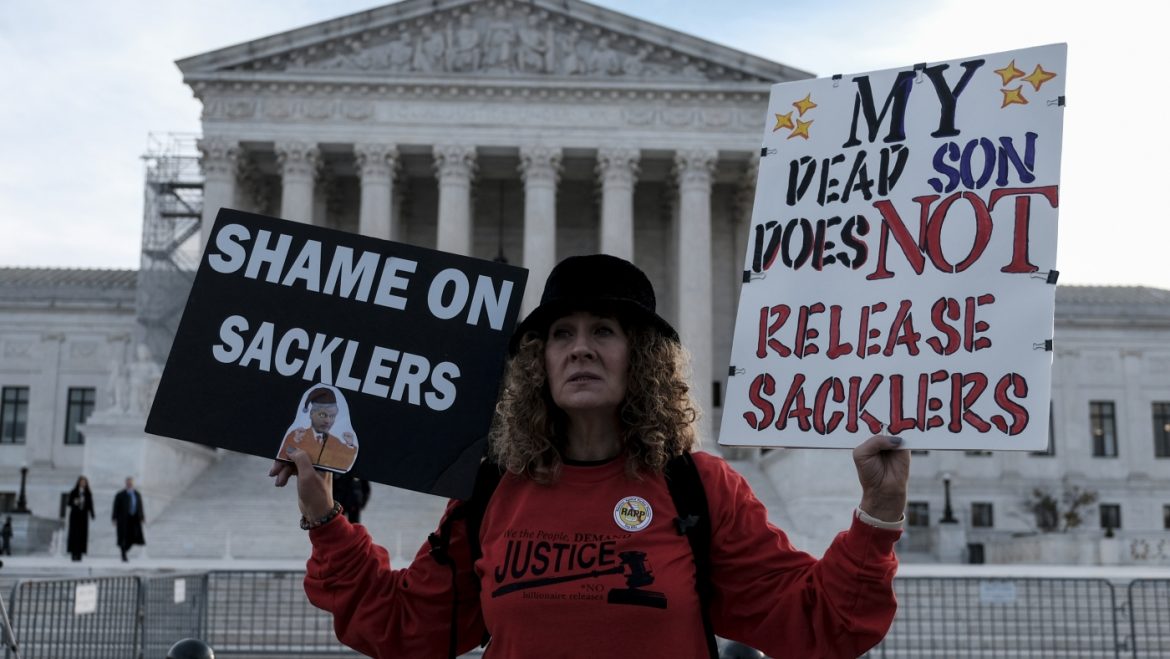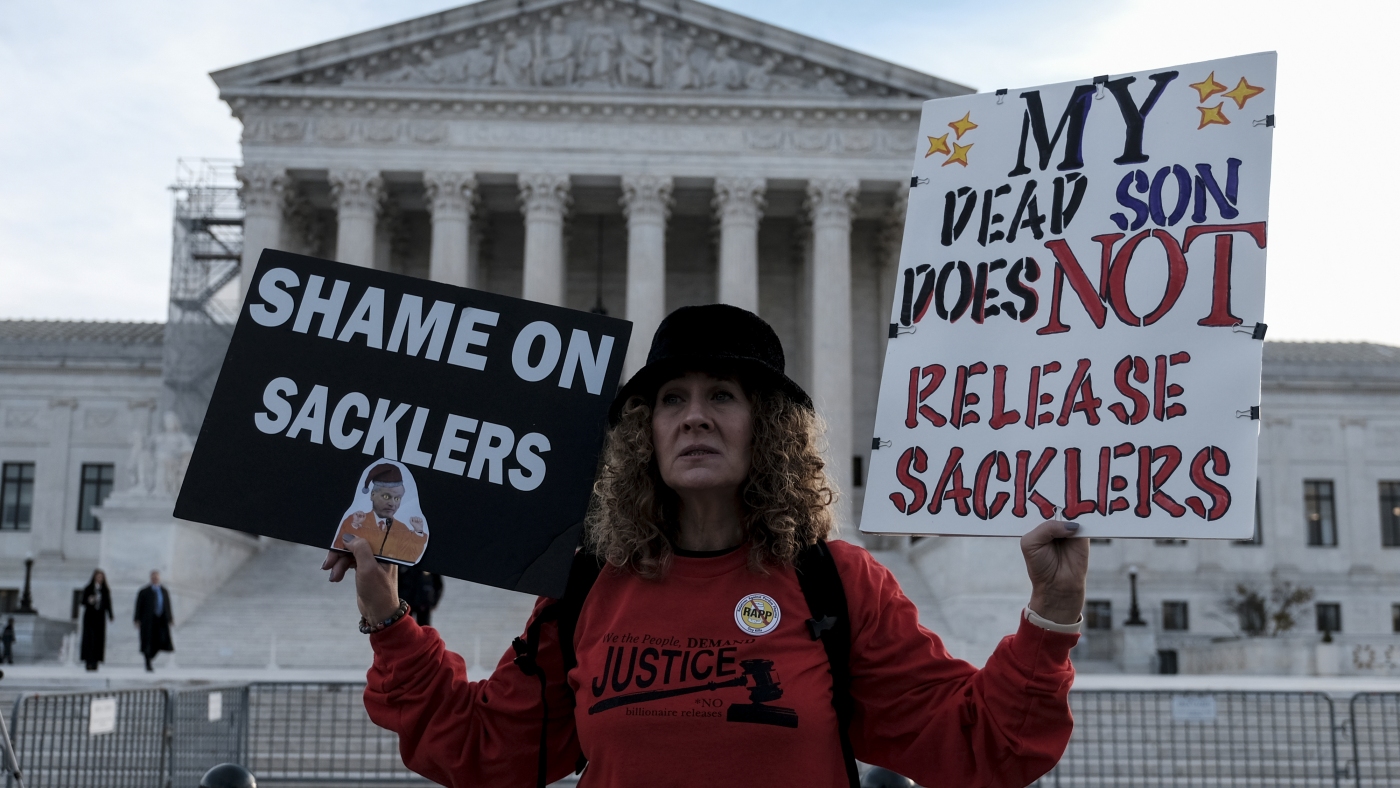Unpacking the $7.4 Billion Purdue Pharma and Sackler Family Opioid Settlement
The recent announcement of a $7.4 billion national settlement involving Purdue Pharma and the Sackler family marks a significant chapter in the long, complex saga surrounding the opioid crisis in the United States. This settlement resolves decades-long litigation and highlights the evolving approach to corporate and individual accountability in public health disasters.
—
The Core of the Settlement: Who Pays What?
At the heart of the agreement is the Sackler family’s commitment to contribute $6.5 billion to the settlement fund. Purdue Pharma, the pharmaceutical company that manufactures OxyContin, will pay an additional $900 million, bringing the total payout to $7.4 billion. This sum aims to address the widespread damage caused by the opioid epidemic and to compensate victims, states, and local governments affected by opioid addiction.
The payments are structured over multiple years, starting with initial funds around early 2026 (pending formal approval), followed by subsequent payments spread across the following three years. Specific disbursements include initial $1.5 billion from the Sacklers and approximately $900 million from Purdue, with further payments of $500 million and $400 million staggered over subsequent years. This phased approach reflects both an immediate infusion of resources and a sustained commitment to remediation.
—
Beyond the Money: Ending Sackler Control and Opioid Sales
One of the landmark features of this settlement is the end of the Sackler family’s control over Purdue Pharma. The agreement includes provisions barring the Sacklers from involvement in the company’s operations and permanently prohibits them from engaging in opioid sales within the United States. This is a crucial shift, marking a break from the past where the Sacklers exercised significant influence over Purdue’s marketing and sales strategies tied to OxyContin.
By severing ownership and control ties, the settlement intends to remove the incentive structures that many critics argue fueled aggressive opioid marketing campaigns that contributed to addiction and overdose fatalities. This nuanced measure moves beyond mere financial compensation, signaling a desire to disrupt the business practices at the root of the crisis.
—
The Broader Impact: Nationwide Participation and Resources Allocation
Participation in the settlement includes all eligible U.S. states and territories, reflecting a rare moment of bipartisan agreement and collective acknowledgment of the epidemic’s scale. The aggregation of resources—$7.4 billion, the largest settlement to date involving individuals implicated in the opioid epidemic—aims to substantially bolster prevention, treatment, education, and recovery programs nationwide.
Funds are designated to flow to multiple stakeholders: state and local governments that have borne the front-line costs of epidemic response, affected individuals, healthcare and social service providers, and communities devastated by opioid misuse. This comprehensive approach is designed to address both immediate and long-term facets of the crisis, from overdose prevention supplies to addiction treatment infrastructure expansion.
—
Criticism and Challenges Ahead
Despite the historic nature of the settlement, some advocates and activists express concerns about its sufficiency and long-term effectiveness. Critics point to lingering lawsuits and unresolved claims, noting that while the Sacklers and Purdue are making significant financial commitments, the payment terms and the company’s ongoing bankruptcy restructuring could limit the ultimate resources available. There is also debate about whether the settlement fully holds individual Sackler members personally accountable or adequately compensates victims for the scale of harm caused.
Furthermore, questions remain about how the settlement funds will be managed and distributed—transparency, priorities, and sustained funding commitments are critical to ensure meaningful impact. The complexity of opioid addiction as a social and medical issue demands not just money but strategic, targeted interventions designed in collaboration with affected communities.
—
Historical Context and the Road to Resolution
The opioid crisis has been one of the most lethal public health emergencies in recent U.S. history, with pharmaceutical companies’ marketing practices at its core. Purdue Pharma, under the ownership of the Sackler family, developed and aggressively promoted OxyContin, a potent prescription painkiller, widely blamed for contributing to opioid addiction and subsequent waves of overdose deaths.
Since the crisis came to public attention, Purdue and the Sacklers faced thousands of lawsuits from states, cities, and individuals seeking accountability and reparations. Previous attempts at settlement, bankruptcy proceedings, and negotiations had stalled or fallen short of comprehensive resolution. This $7.4 billion agreement reflects months of mediation and negotiation, arising from multistate coalitions and bipartisan advocacy.
—
Conclusion: A Pivotal Moment with Cautious Optimism
The $7.4 billion Purdue Pharma and Sackler family settlement represents a monumental, if imperfect, step toward addressing the opioid crisis. By coupling a substantial financial commitment with the end of Sackler ownership and opioid sales, the settlement embodies an accountability framework encompassing legal, financial, and ethical dimensions.
Yet, the true measure of its success will lie in how those funds translate into tangible support for communities and individuals grappling with opioid addiction, and how effectively the structural changes dismantle harmful corporate practices. As this settlement gains formal approval and implementation begins, vigilance and sustained public engagement remain crucial to ensure it delivers on its promise: healing widespread harm and preventing future crises rooted in pharmaceutical abuse.


